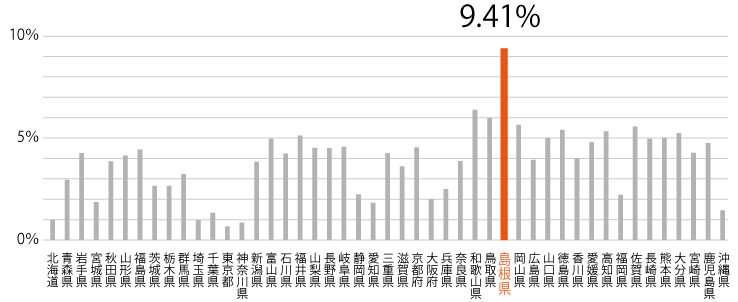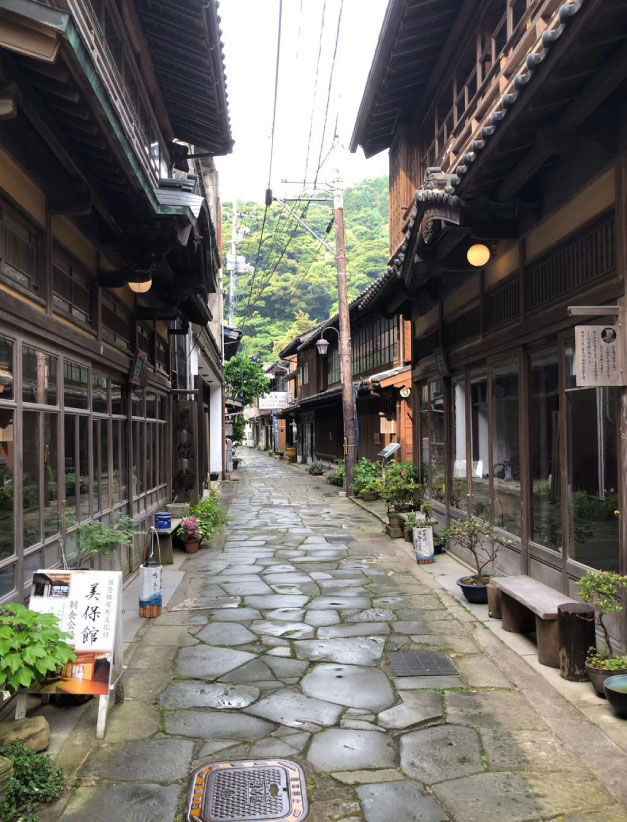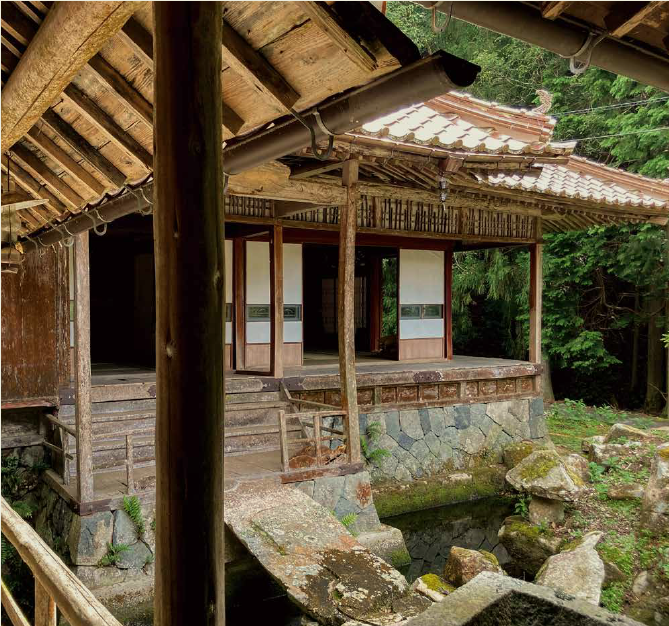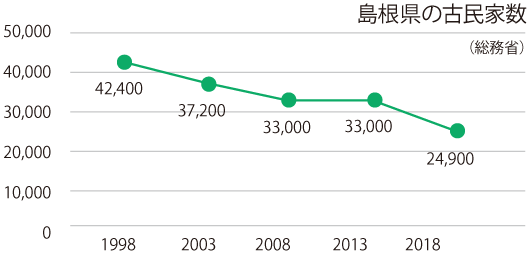Shimane Prefecture, with the Highest Percentage of Historic Houses Nationwide
The birthplace of this project, Shimane Prefecture, is mentioned in Japan’s oldest historical text, the “Kojiki” (Record of Ancient Matters) from 712 AD, where it is depicted as the setting of myths. Festivals and cultural practices related to these myths have been deeply integrated into life, and the area is still called the “Land of Gods.” It is an indispensable region for discussing Japanese spiritual culture.
Shimane Prefecture is home to numerous historic buildings built using traditional construction techniques, which are considered a culmination of Japanese cultural technology. These traditional houses, or “kominka,” still line the streets, reflecting townscapes of pre-modernized Japan.
Percentage of traditional Houses Relative to Total Housing


What is a traditional House (Kominka)?
On this site, we have defined kominka as a pre-ww2 building constructed by assembling wood without the use of metal fixtures. These buildings showcase sophisticated wisdom and ingenuity, making use of various natural materials and their irregularities, reflecting a unique Japanese value of living in harmony with nature.

Reason for the Abundance of High-quality traditional buildings
Before modern times, Shimane Prefecture bustled with people as an important stopover for trading ships using the northern sea routes of Japan. It was also a major producer of silver, copper, and iron. Particularly notable was the Iwami Ginzan Silver Mine, one of the largest in Japan. At its peak, it is believed that about one-third of the world’s circulating silver came from Japan, much of it produced in Shimane.
The prosperity brought by shipping and mining industries allowed the towns to thrive. However, the region was swept away by the rapid industrial transformation after the Meiji era and left behind by the wave of modernization, leading to the present day. The high-quality buildings that still remain in this area allow us to glimpse the prosperity of that era.”

Vanishing Historic buildings amid Population Decline
Currently, Japan faces an urgent social issue of increasing vacant houses due to a declining population. These vacant houses pose risks such as collapse and detract from the town’s appearance. Many historic houses are among these vacant properties.
Because kominka are made from natural materials, they rapidly deteriorate once they become vacant. They are often demolished and disposed of (by incineration) or left to decay and return to the soil. Over the past 20 years, Shimane Prefecture has seen a 41% decrease in the number of kominka, highlighting the need for quicker intervention.

